Trying to remove a hair splinter can be painful. Thankfully, there are ways to alleviate the pain associated with this painful condition. Here are some options: Sterilize the needle with alcohol or flame. Alternatively, you can use a sewing needle. Sterilize it by running it under a flame for a few seconds.
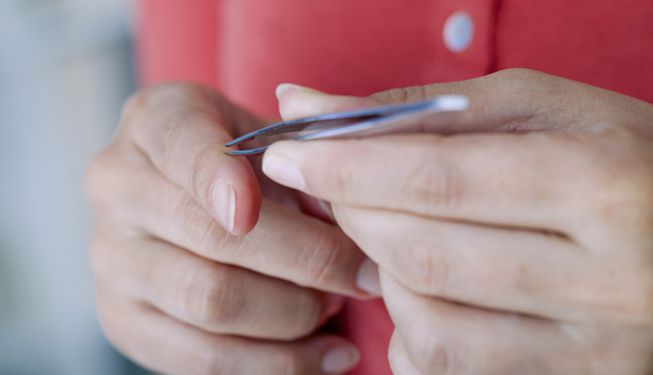
Foot pain caused by hair splinter
In a recent case, a man in Brazil went to A&E complaining of mysterious pain in his heel. He had no other foot or ankle injuries, so the doctors were not able to determine the exact cause of the pain. When he was examined, doctors found a hair splinter in his heel, which had penetrated the skin and made contact with a nerve. The man’s pain quickly disappeared after he had the hair removed.
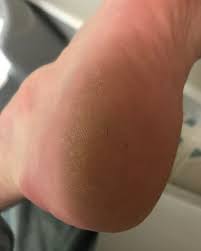
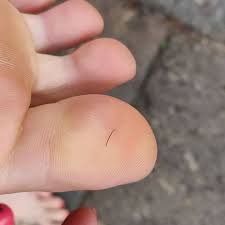
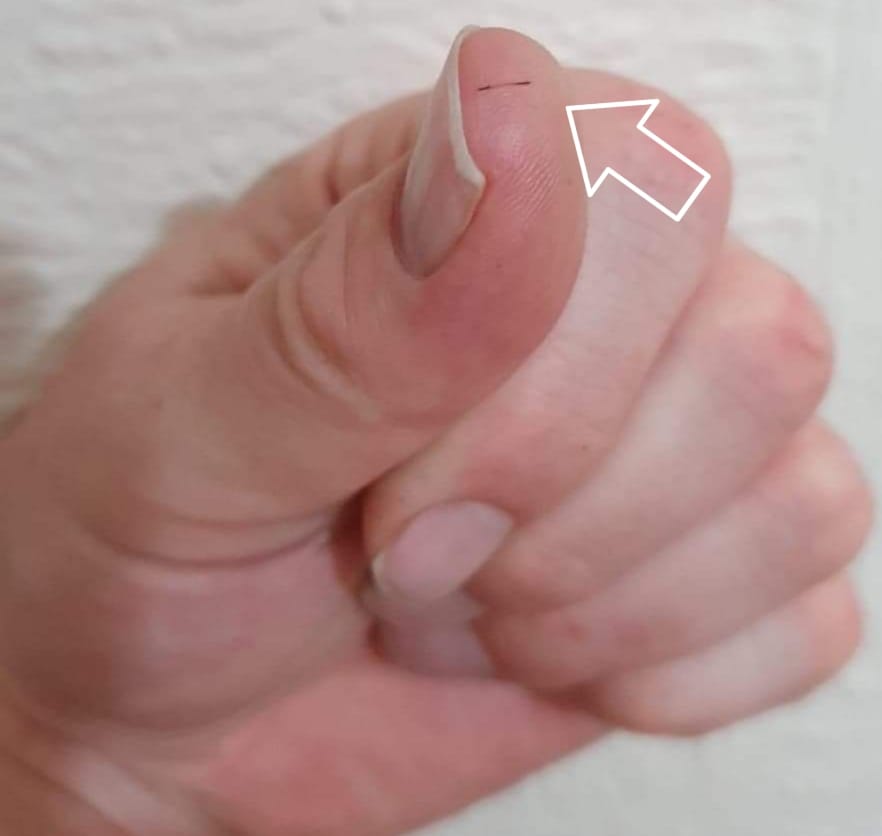
Although it’s not easy to remove a Hair splinter, the first step is to identify its location. These tiny slivers can be difficult to see, but they can cause pain when touched. Some are easily removed with tweezers, while others require surgical removal. It is important to remember that if the splinter is not removed right away, it may become infected. In these cases, doctors will usually prescribe antibiotics to help treat the infection.
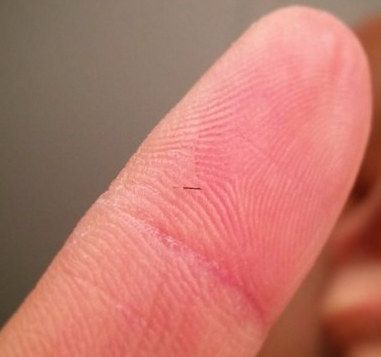
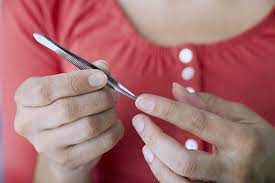
When the splinter has penetrated the skin, it may also produce a creeping eruption. This is caused by the hair crawling through the skin and creating a dark line. In some cases, the presence of a creeping eruption may be a sign of a parasitic infection, called cutaneous larva migrans. If the infection is severe, the doctor will probably perform a small incision to remove the hair.
A 44-year-old man had recurring Hair splinters in both his feet. These slivers tended to affect his heel, but never in between his toes. This was a strange condition for the patient and his wife. The patient’s wife linked the onset of the pain to a recent purchase of fleece-lined “Cozy Crocs” that he had worn without socks. While this type of hair splinter can be painful, they are generally a mild injury.
Pain caused by removing a Hair splinter
Hair splinters can be extremely painful. This is why they should be removed as soon as possible. This can be particularly important if the hair has recently been cut, as the splinter is extra thick and sharp. As such, it can easily penetrate the skin. After removing the splinter, clean the affected area with disinfectant to avoid infection.
To remove the hair splinter, you can use a pair of tweezers or a pair of numbing cream. The tweezers should be sterilized first to ensure that they won’t cause further damage. If the splinter is stuck deep in the skin, you can use a needle to expose it. Use a tweezer to grasp the splinter at the same angle as it went in.
Hair splinters can also be removed with a warm bath and a sprinkling of rubbing alcohol. You can also use tweezers or duct tape to gently remove the hair from your skin. This method is generally safe, but if the splinter is deeply embedded, it will need to be surgically removed.
In addition to splinters, hair splinters can be painful. In rare cases, they may become infected, resulting in a significant amount of pain. It is vital to find the right treatment for hair splinters as soon as possible.
Symptoms of a hair splinter
If you have experienced hair splinters, you should see a healthcare professional right away. This is important to avoid infection and other complications that can occur if you try to remove the splinter on your own. Furthermore, a healthcare provider can prescribe antibiotics if needed.
Hair splinters are painful and may interfere with your daily activities. It’s best to get rid of them as quickly as possible. These painful shards typically form when hair has been freshly cut. Because they are so thick and sharp, they can easily penetrate the skin. To prevent further damage, clean the splinter with a disinfectant.
Another example of hair splinters is when the hair shaft is embedded under the skin. It is often difficult to detect, but if you’re aware of the symptoms and get treated right away, you can relieve the pain. The pain is most often felt in the foot, but if you’re concerned, you can take the hair out of the affected area.
If the splinter is stubborn, you can apply honey to the area and leave it overnight. You can also apply a bran or warm bread poultice on the splinter. This will help it come out more easily. If it’s not easily removed, you can also soak the splinter in warm water with Epsom salts and leave it overnight.
If you can’t wait until the splinter has dissolved, you can apply drawing salve to the area. This method is not painful, but it does stain your clothing. However, you should always consult a physician if you notice any symptoms of a hair splinter.
Preventing a hair splinter
To avoid getting a hair splinter, there are some precautions you should take. First, you should always wash your hands thoroughly after handling hair. This will prevent the splinter from penetrating your skin and causing infections. Second, you should never use excessive force to remove a hair splinter, even if it is stuck deep inside the skin.
Taking steps to avoid getting a hair splinter is essential, as it can be very painful and interfere with your daily activities. Typically, a hair splinter occurs when hair is freshly cut and is especially sharp and thick. In addition, it’s likely to penetrate the skin and cause pain. When you find a hair splinter, you should immediately wash it with a disinfectant to prevent further damage.
Then, use rubbing alcohol to sterilize a needle or tweezers. You can use a thin needle to pierce the skin near the splinter. After the splinter has been removed, clean the skin with soap and apply an antibacterial cream.
Most hair splinters do not require medical attention and can be removed safely at home. However, you should contact your healthcare provider if the splinter is deep inside your skin or if the pain is increasing or there is pus. In some cases, a healthcare provider will recommend a tetanus booster for you.
Lastly, make sure you use protective clothing and socks when handling hair. Closed shoes and socks can help prevent hair splinters from getting stuck between your fingers. A good hand cream and gloves can also help prevent hair from sticking to your hands. Also, make sure you keep your work area clean and splinter-free after each appointment.

